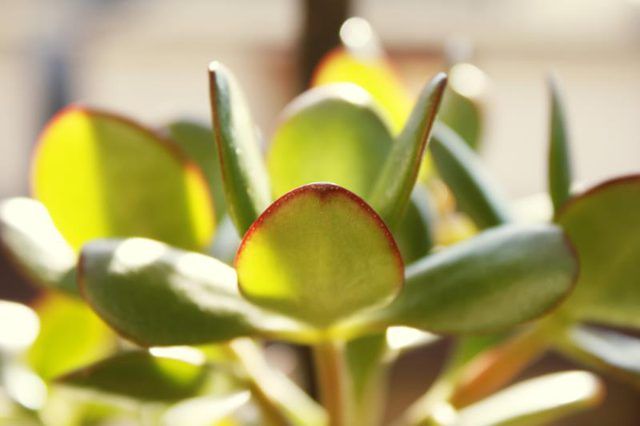Bulbs
Flower Basics
Flower Beds & Specialty Gardens
Flower Garden
Garden Furniture
Garden Gnomes
Garden Seeds
Garden Sheds
Garden Statues
Garden Tools & Supplies
Gardening Basics
Green & Organic
Groundcovers & Vines
Growing Annuals
Growing Basil
Growing Beans
Growing Berries
Growing Blueberries
Growing Cactus
Growing Corn
Growing Cotton
Growing Edibles
Growing Flowers
Growing Garlic
Growing Grapes
Growing Grass
Growing Herbs
Growing Jasmine
Growing Mint
Growing Mushrooms
Orchids
Growing Peanuts
Growing Perennials
Growing Plants
Growing Rosemary
Growing Roses
Growing Strawberries
Growing Sunflowers
Growing Thyme
Growing Tomatoes
Growing Tulips
Growing Vegetables
Herb Basics
Herb Garden
Indoor Growing
Landscaping Basics
Landscaping Patios
Landscaping Plants
Landscaping Shrubs
Landscaping Trees
Landscaping Walks & Pathways
Lawn Basics
Lawn Maintenance
Lawn Mowers
Lawn Ornaments
Lawn Planting
Lawn Tools
Outdoor Growing
Overall Landscape Planning
Pests, Weeds & Problems
Plant Basics
Rock Garden
Rose Garden
Shrubs
Soil
Specialty Gardens
Trees
Vegetable Garden
Yard Maintenance
Is a Money Tree Plant Toxic to Cats?
Is a Money Tree Plant Toxic to Cats?. The money tree plant (*Pachira aquatica*) is a desirable houseplant, both for the tradition it represents of bringing good fortune to a home and for its ease of care. You aren't likely to consider the plant good fortune, however, if it could possibly harm your beloved feline friend. The good news is that the...
The money tree plant (Pachira aquatica) is a desirable houseplant, both for the tradition it represents of bringing good fortune to a home and for its ease of care. You aren't likely to consider the plant good fortune, however, if it could possibly harm your beloved feline friend. The good news is that the money tree plant is not toxic to cats if ingested, according to the ASCPA, but it may cause stomach upset.

Money tree is a tropical beauty, growing to heights of 60 feet in the wild. Hardy in U.S. Department of Agriculture plant hardiness zones 10 to 12, money tree plants tend to remain much smaller in cultivation. Outdoor plants in the home garden grow as large, bushy shrubs with a maximum height of 30 feet. More commonly, money tree plants are grown as houseplants. Potted, indoor money tree plants can reach an average maximum height of between 6 and 8 feet. Indoor and outdoor plants thrive in full sun to almost full shade, and in moist to wet soil.
Inquisitive and playful, most cats can't resist the long, shiny green leaves of the money tree plant which quiver in the gentlest breeze. Not only that, but the ornamental trunk is just an invitation to climb. As saplings, money tree plants have thin, flexible trunks. Sometimes, three or more trees are planted in one pot, with their trunks braided together -- providing the perfect ladder for a curious cat.
If your kitty does decide to climb up and take a nibble of any part of the plant, its health won't be seriously affected. Still, even non-toxic plants can cause stomach upset in your kitty, so it's best to place your money tree in an inaccessible location, such as in a room where you can shut the door and deny your cat access. It is more difficult to prevent an outdoor cat from chewing on an outdoor money tree plant, but you can try spraying the plant with a bitter-tasting spray to discourage snacking. If you caught your cat sampling the goods, and it seems out-of-sorts, it never hurts to go ahead and contact your vet. Sometimes, getting reassurance and advice from an expert is the best course of action.
Although Pachira aquatica is probably the most well-known plant with the "money tree" moniker, other plants are thought to bring good fortune as well. The jade plant (Crassula ovata) is also often called the "money tree plant" and, like Pachira aquatica, it is commonly grown as a houseplant. Unfortunately, unlike Pachira aquatica, the jade plant is toxic to cats, according to the ASPCA. Hardy in USDA zones 11 and 12, the jade plant can grow to 6 feet tall outdoors and to a maximum height of 30 inches indoors. This plant thrives in bright light with some afternoon shade and in soil that is allowed to dry out a bit between waterings. If you have a cat, try to keep it away from this plant by putting the plant in an inaccessible location in your home or garden. If you cat does ingest part of a jade plant, contact your local veterinarian immediately.